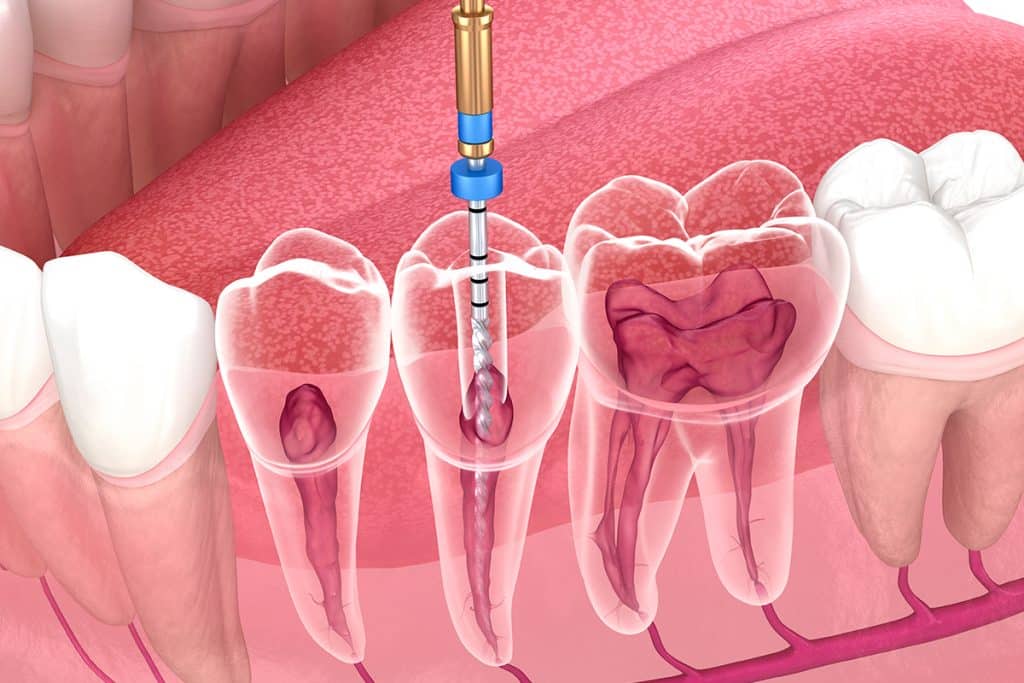What is Endodontic Retreatment?

For many patients, endodontic treatment is all that is needed to save a natural tooth and allow healing to occur. However, sometimes — whether right away or in the future — the tooth may require more attention.
Endodontic retreatment is another step that an endodontist can take to save the tooth. But what is it and when is it needed? Here is everything you should know about endodontic retreatment.
What is Endodontic Retreatment?
Endodontic retreatment is a procedure that is performed after an endodontic treatment. For instance, your tooth may have undergone treatment that was deemed a success. Days, weeks, months, or even years may have passed by when the tooth becomes painful and sensitive once again. This will require your endodontist to address what is going on inside the tooth.
For the most part, endodontic treatments, such as root canals, work well to provide the patient with long-term relief and healing. However, now and then, an endodontist will have to go back in to remove decay and infection that may persist throughout the inner areas of the tooth.
The root canals are incredibly intricate, making it possible for infection to hide. Endodontists are careful to remove all of the infection and, as a precaution, seal up the tooth after using a disinfectant. Unfortunately, there is a chance that infection remains — and it can flare up.
What’s more, if a dental crown becomes loose, it gives easy access for bacteria to make their way back into the tooth.
These are just two of the many reasons that could require retreatment.
Any dental crowns or restorative materials that were placed after your initial treatment will need to be removed to gain access to the root canals. Of course, they will need to be replaced once the retreatment is complete so that full functionality can be restored to the tooth.
When is Endodontic Retreatment Necessary?
The need for endodontic retreatment may arise out of nowhere. How will you know you need it? Below are a few of the most common signs that may indicate the procedure is necessary.
- The dental crown on the treated tooth has become loose or has fallen off.
- The tooth has started causing pain and discomfort again — after healing has already taken place from the first procedure.
- The tooth has been fractured or cracked.
Please note that scheduling an appointment with your endodontist is the only way to determine for certain whether or not a retreatment procedure is necessary.
Learn More About Endodontic Retreatment
If you still have questions about endodontic retreatment, the dental specialists at Las Vegas Endodontics have the answers. Contact us today at 702-876-5800.
Or, simply request an appointment online.
Frequently Asked Questions
How many times can endodontic retreatment be performed on a single tooth?
There is no specific number of times that endodontic retreatment can be performed. As long as it will benefit the tooth, it may be repeated.
Does endodontic retreatment hurt?
Endodontic retreatment is performed using local anesthesia so that you will not feel anything during the procedure itself. However, once the anesthetic wears off, you may experience some discomfort. If so, know that this is temporary, and over-the-counter pain medication can offer relief.
